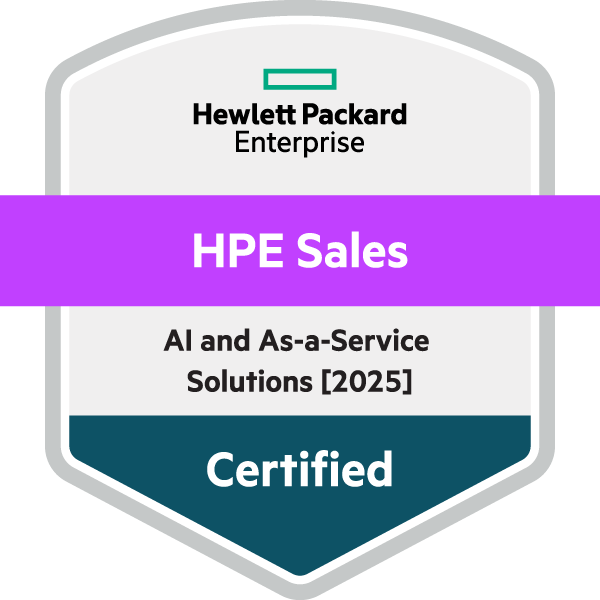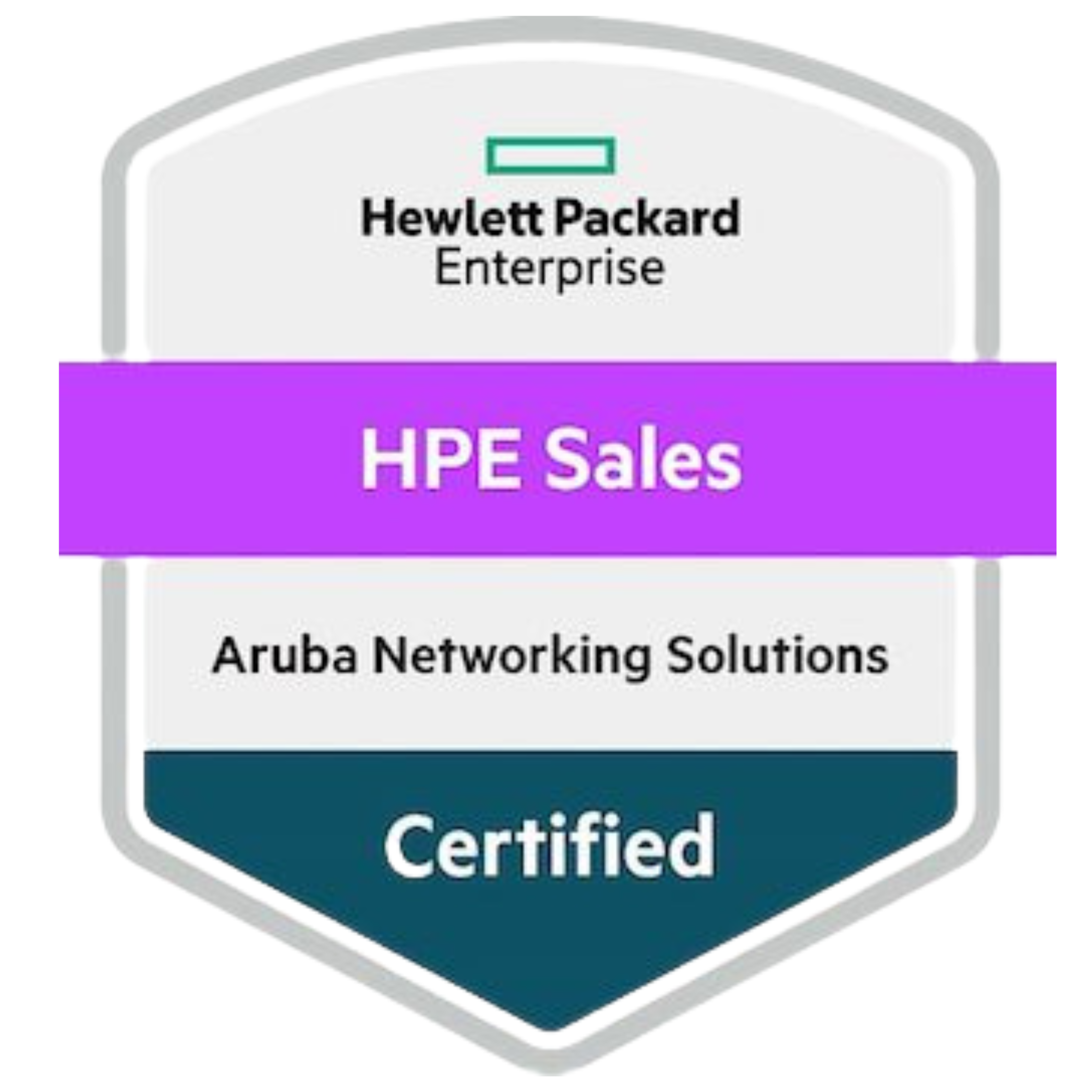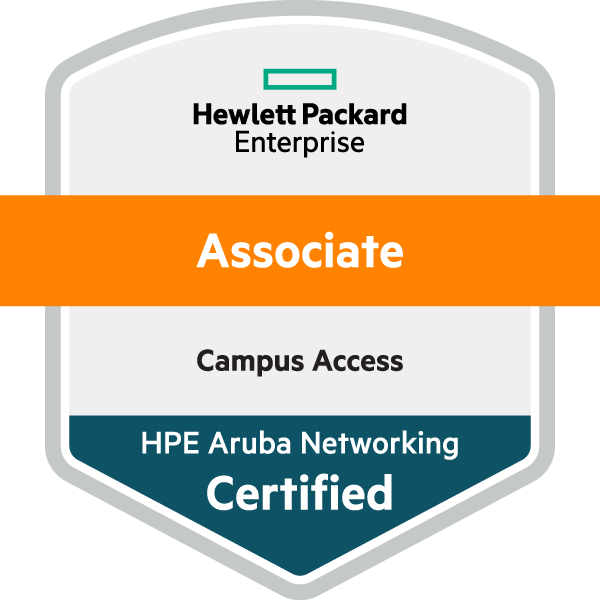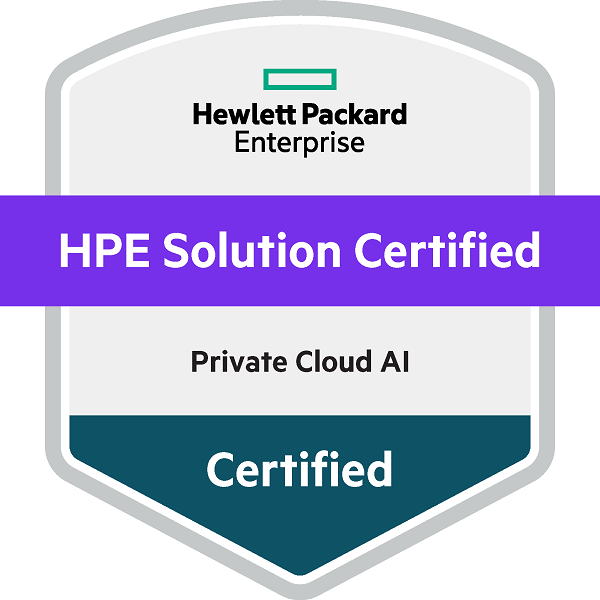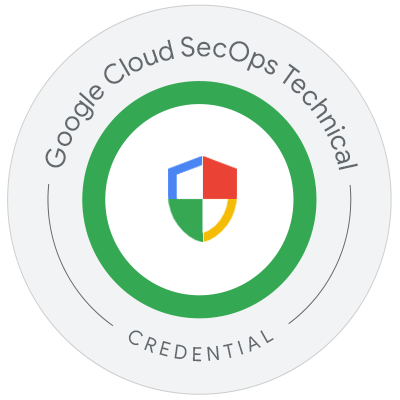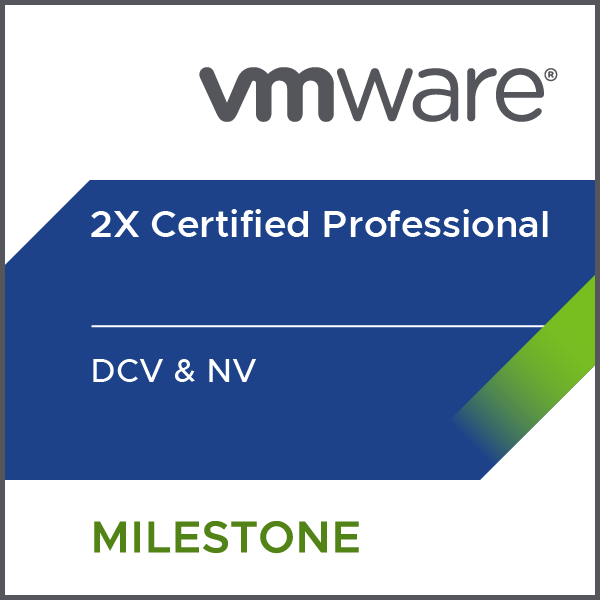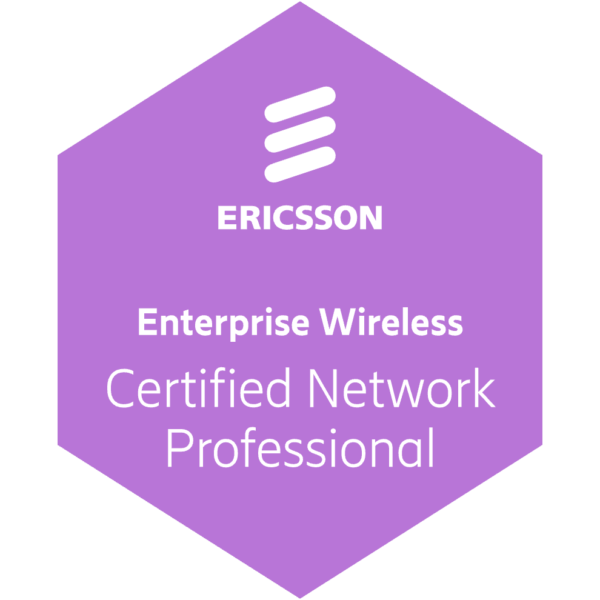Voyager Labs will address and demonstrate advanced open source data analytics software and methodologies to optimize identifying and countering threats to National Labs personnel and facilities from various threats. Through the application of advanced analytics and artifical intelligence solutions, emerging and present threats can be detected, identified, avoided, and countered in a heavily automated and continuous manner. The emphasis is on supply chain risk management, hostile foreign intelligence threats, and insider threats, including threats from spyware, malware, and ransomware. This presentation will also cover the positive and immediate impact such software can provide for recruitment and retention of specialized personnel and the management of crises and public relations requirements.
The rapid and constant proliferation of open-source data can be a key part in helping enterprises address critical security threats and business needs. The work of the National Labs is sensitive, classified, and of great interest to many hostile foreign intelligence services which have well-resourced, expert, and determined programs to acquire such US government secrets. The methodologies these foreign governments and organizations persistently employ include the development and attempted recruitment of personnel with access to sensitive information and the insertion of technical espionage means, including in hardware and software. Countering these threats by leveraging open source data search and analysis capabilities – including from global platforms and in foreign languages – is most effective when experts in threat analysis, cyber, supply chain risk management, counter-intelligence, and operational security can use proven, tested, and effective analytic tools making use of machine learning and AI disciplines. The benefits of collecting and analyzing the constantly growing ocean of new data points relevant to any government or business enterprise are also evident with positive and high-impact results for identifying and recruiting highly skilled staff, vetting job applicants and students for security and suitability issues, managing crises, and informing effective public relations strategies.
The federal government and other public sector organizations, as well as Fortune 500 companies are currently, successfully applying these software solutions and methodologies. The notable effectiveness of these solutions has been enhanced by the ease of learning and application of the software, the constant evolution and improvement of AI through close feedback loops with software clients for tailored results based on their priority requirements, and the speed and depth of data collection and analysis. The software is deployed by agencies as an enterprise-level solution running on FedRAMP-certified Clouds or On-Premise, with collected data easily exported via API or Client-specific formats. The analytic and AI solutions can also be applied to agencies’ sensitive proprietary data, if needed, and serve as a valuable component in Zero Trust strategies and implementations.


